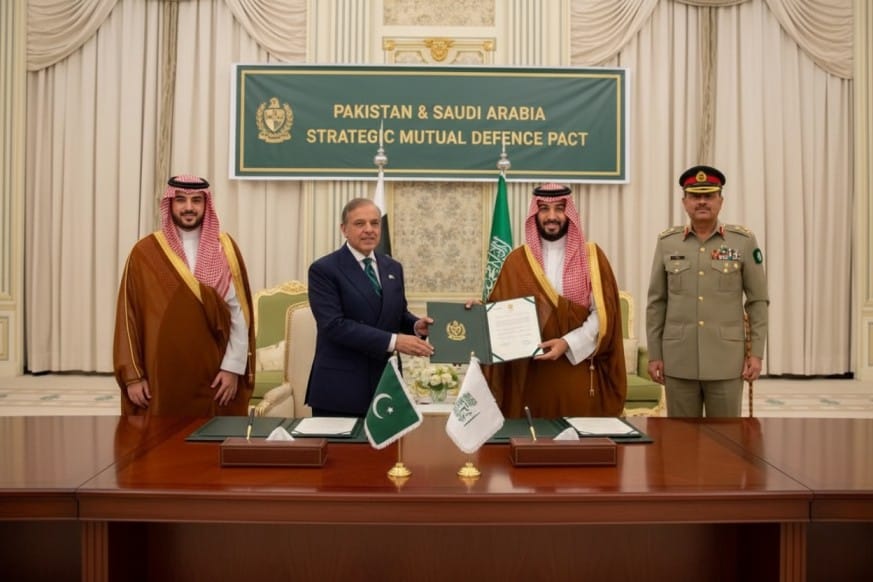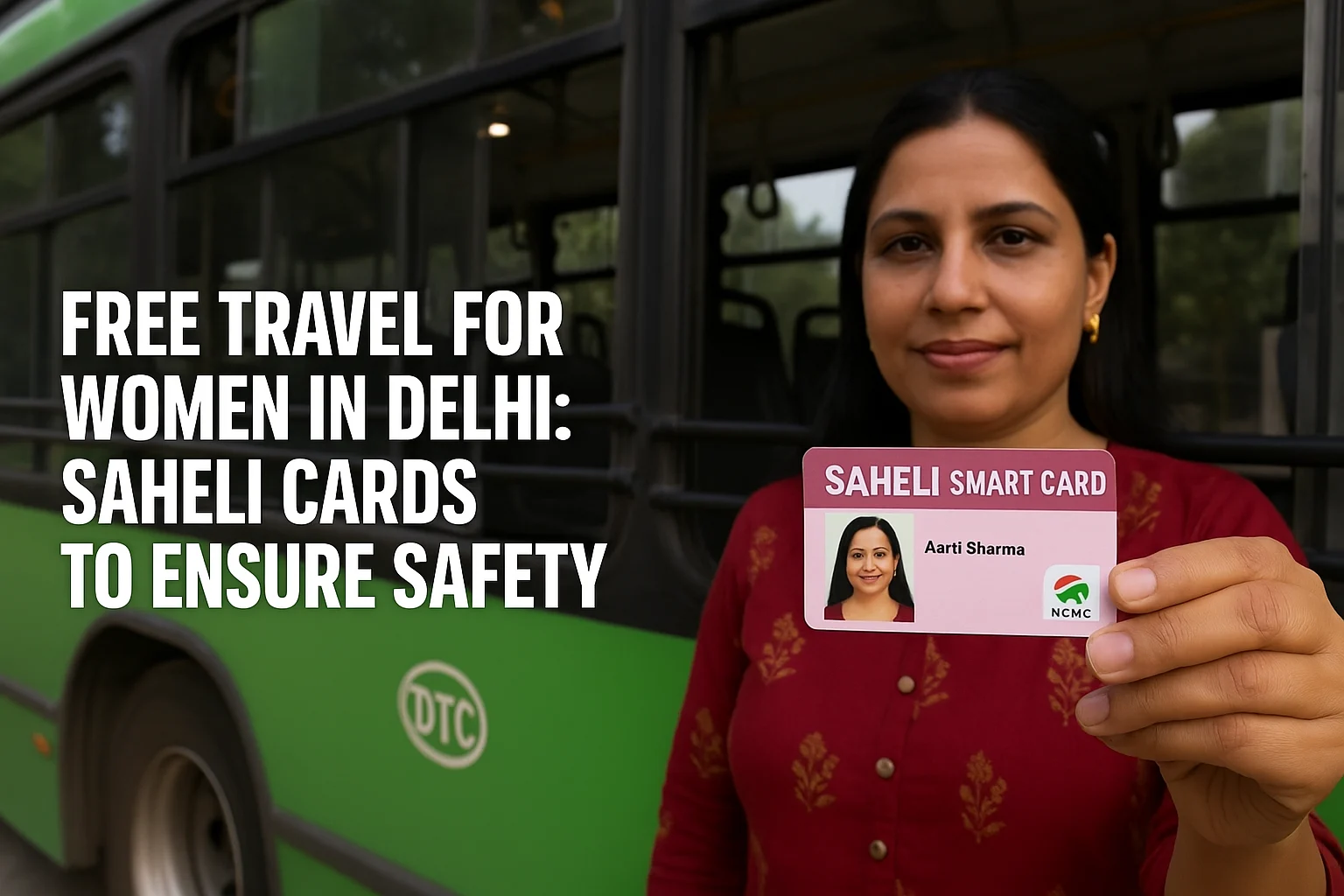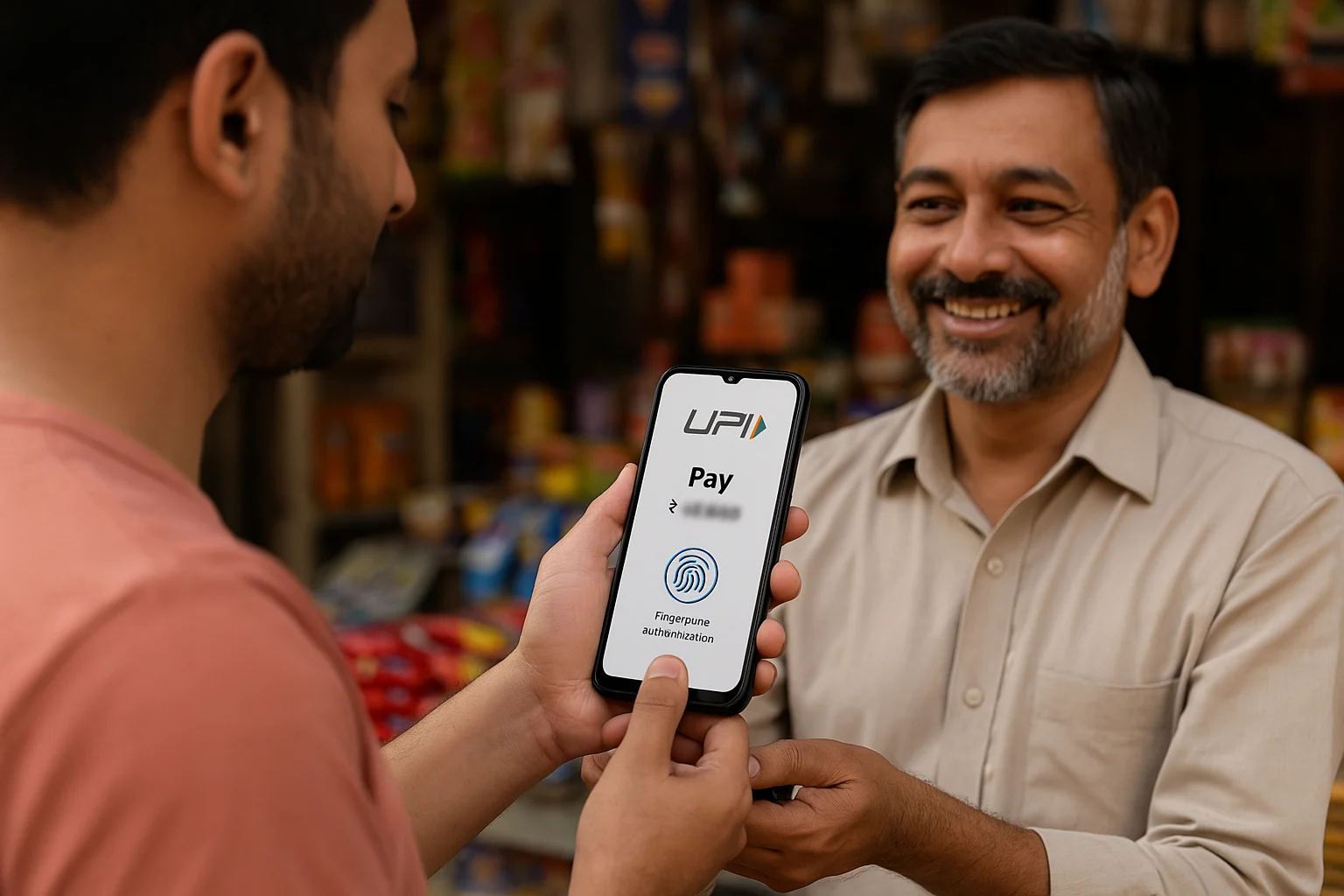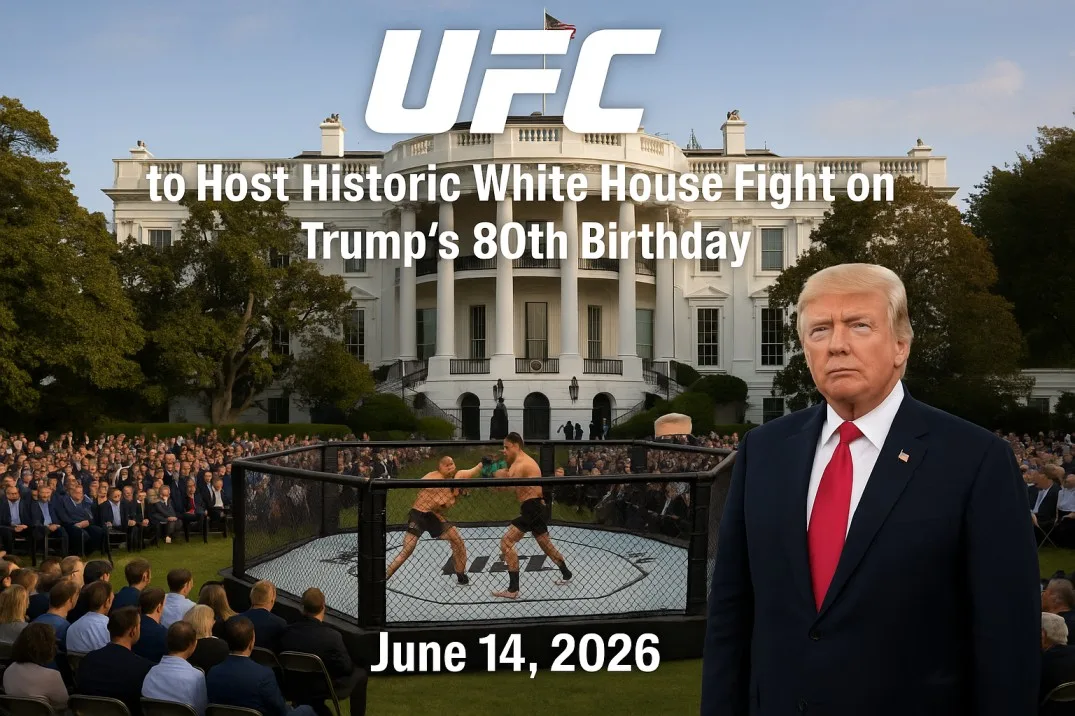Pakistan and Saudi Arabia have just signed a new deal that could completely shake up the entire Middle East. For the first time ever, both countries have decided to defend each other by signing the Strategic Mutual Defence Agreement (SMDA). This wasn’t just a friendly handshake; it was a power move from both countries that could redraw the security map of the region.
This move comes amid heightened regional tensions, shifting alliances, and increasing uncertainty over security guarantees from traditional powers. Below is a detailed provided of this pact. Look what this pact includes: its background, people’s reactions, and what it means for regional geopolitics.
What the Agreement States
- Under the new Strategic Mutual Defence Agreement, any aggression or attack against either Pakistan or Saudi Arabia “shall be considered an aggression against both.”
- The agreement aims to further expand defense cooperation in multiple dimensions and to strengthen cooperative defense strategies against external threats.
- Although not every detail has been made public, senior Saudi officials implied that all military means may be employed depending on the nature of the threat, raising questions about whether Pakistan’s nuclear deterrent may play a role. However, there is no explicit clause in the publicly released text confirming a nuclear umbrella.
Background & Timing
- This agreement formalizes decades of strategic, diplomatic, and military cooperation. Pakistan has for many years trained Saudi military personnel, held joint exercises, and collaborated on security matters.
- The two nations share a relationship rooted in Islamic brotherhood, economic interdependence (oil, remittances, and financial assistance), and overlapping strategic interests.
- The pact is being signed at a critical juncture. Recent regional instability—marked by Israel’s airstrike on Hamas leaders in Doha, rising concern among Gulf states about over-dependence on U.S. security guarantees, and renewed tension between India and Pakistan—has made such formal agreements more urgent.
Also Check: Asia Cup Tensions Rise: Why India & Pakistan Captains Avoided a Public Handshake
Strategic & Regional Implications
- Stronger protection together: By signing this deal, Pakistan and Saudi Arabia are basically saying, “If you attack one of us, you’re taking on both.” It’s a clear message to anyone thinking about aggression — the two countries stand side by side.
- Saudi Arabia looking beyond the US: For decades, Saudi Arabia depended on America for security. This pact shows Riyadh want several friends to form an alliance, and for that it is now putting real weight behind its partnership with Pakistan.
- India keeping a close eye: Because of the recent tensions between India and Pakistan, this agreement instantly caught India’s attention. India says it’s watching the situation carefully, but Saudi Arabia also emphasises that its ties with India are still as strong as it was.
- Questions about nuclear weapons: Pakistan has nuclear weapons, but it hasn’t been cleared by the Pakistan that they’d ever be used to defend Saudi Arabia. Officials only said “all military means,” which leaves people wondering what exactly that could include.
Reactions & Commentaries
- A big moment for both countries: Leaders in Pakistan and Saudi Arabia are calling this deal historic. Both countries want to take their friendship to the next level and make their security partnership official.
- Experts calling it a turning point: Many analysts of the document say that it is more than just a document and has the potential to change how power is held in the Gulf, South Asia, and perhaps even the remainder of the Muslim world.
- Still some unanswered questions: While the announcement is huge, nobody knows yet how it will work in real life. Will there be troops stationed in each other’s countries? Will nuclear weapons be part of the plan? How will the money and logistics work? All of this is still unclear.
What to Watch Going Forward
- Implementation details: Will there be joint bases, shared command, or deployment of Pakistani forces in Saudi Arabia (or vice versa)? Will there be joint production of military hardware?
- Nuclear dimension: How explicit will cooperation be regarding Pakistan’s nuclear deterrent? Will there be public acknowledgement, or will it remain a behind-the-scenes guarantee?
- Impact on US and Western strategy: How will this affect America’s role in the Gulf? Will this reduce Saudi dependence on U.S. bases and guarantees?
- India’s response: How will India recalibrate its diplomacy, defence posture, and alliances in light of this?
- Broader regional security alliances: Could this trigger more formal defence pacts among Muslim or Gulf states? Might we see similar agreements with Qatar, UAE, etc.?
Conclusion
The Saudi-Pakistan Strategic Mutual Defence Agreement is a transformative moment. It marks the formalised commitment of two historically close allies to respond together to aggression. But beyond its symbolic value, the agreement reflects both geostrategic realities that are changing–increased uncertainty about regional order, a growing need for security self-reliance, and a push to diversify security alliances in a rapidly changing world.
Though many details on implementation still remain to be seen, the agreement has, in fact, transformed how Pakistan-Saudi relations will be viewed–from that of mere cooperation to one of mutual security guarantee. For Pakistan, it represents renewed influence and shared trust in the relationship, which had been questioned. For Saudi Arabia, it represents a clear commitment to military depth and an increase in deterrence in times of regional instability. And for the broader Middle East, it raises important questions about the longer-term balance of power, nuclear doctrine, and patterns of diplomatic signalling.





